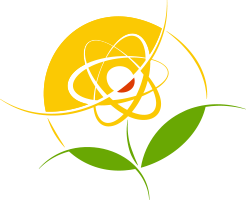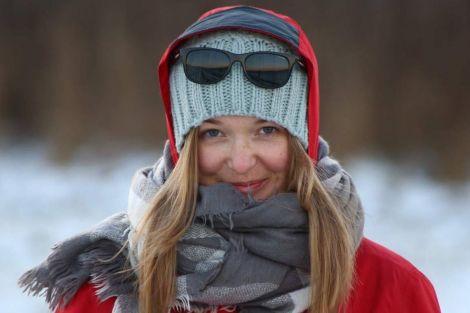About
Understanding the physical mechanism for the excitation energy transfer pathway in the photosynthetic LHCII antenna complex responsible for the photoisomerization of neoxanthin
Research project objectives/Hypothesis
The efficiency and reversibility of regulatory mechanisms in the photosynthetic apparatus at light stress conditions are key parameters that guarantee the maximum efficiency of photosynthesis. Within the project, experiments will be carried out, designed to verify the hypothesis according to which photoisomerization of neoxanthin, that initiate mechanisms under photoprotective strategies within light-harvesting complex of photosystem II (LHCII), is induced by triplet excitation of pigments. As a photoprotective strategy, light-induced changes in the arrangement of neoxanthin molecules should act immediately at risk of photosystem photodamage, leading to quenching of excitation energy excess.
Research methodology
Measurements will be carried out on neoxanthin in solution and model systems composed of LHCII, the largest photosynthetic pigment-protein antenna complex of Photosystem II. The research planned will be based on molecular spectroscopy and chromatography: UV-Vis spectroscopy, steady-state and time-resolved fluorescence spectroscopy, resonance Raman spectroscopy, high-performance liquid chromatography (HPLC).
Research project impact
Previous studies of the role of this carotenoid in the LHCII protein show that isomerization of neoxanthin leads to aggregation of antenna complexes and activation of excess energy dissipation mechanisms in the system. The physical mechanism, i.e. the energy transfer pathway necessary to activate the isomerization process of neoxanthin, has not been explained yet. Research planned for this project is expected to provide more insight into photoprotective strategies in plants at the molecular level.



